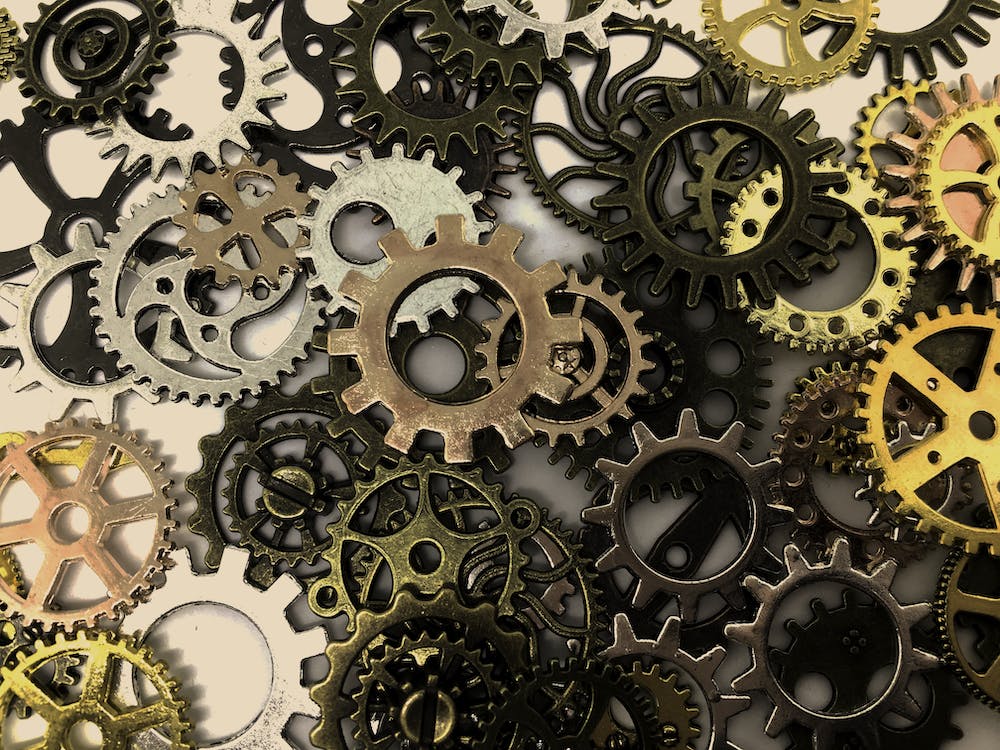
FAQ About Industrial Design

How does industrial design contribute to user experience?
Industrial design plays a significant role in shaping the user experience (UX) of a product. By considering the needs, behaviors, and emotions of users, industrial designers create designs that are not only functional and aesthetically pleasing but also intuitive, engaging, and enjoyable to use.
Industrial designers employ a user-centered design approach, placing the user at the center of the design process. They conduct research to understand user needs, preferences, and pain points, and incorporate this knowledge into the design. By empathizing with users and designing with their perspectives in mind, industrial designers create products that meet their expectations and deliver a positive user experience.
Industrial designers consider ergonomics and human factors when designing products. They take into account the physical characteristics of users, such as body size, anthropometry, and reach, to ensure that the product is comfortable and easy to use. Designing products that fit well in the user's hand, have intuitive controls, and consider natural body movements enhances the overall usability and user satisfaction.
Industrial designers consider the aesthetics of the product, focusing on its visual appeal, form, and aesthetics. By creating visually pleasing designs, they evoke positive emotional responses in users. Aesthetically pleasing products can create a sense of delight, satisfaction, and emotional connection, contributing to a positive user experience.
Industrial designers employ an iterative design process that involves prototyping and user testing. By involving users in the design feedback loop, designers can gather insights on user preferences, behaviors, and pain points. Iterative design and user testing allow for refinements and improvements based on user feedback, resulting in a user experience that aligns closely with user needs and expectations.
In summary, industrial design significantly contributes to the user experience by focusing on user-centered design, intuitive interaction, aesthetics, usability, accessibility, branding, emotional appeal, and sensory design. By considering these factors, industrial designers create products that not only fulfill functional requirements but also engage, delight, and provide meaningful experiences for users.
